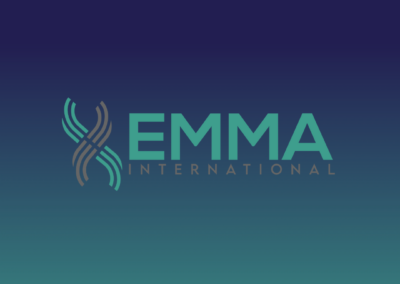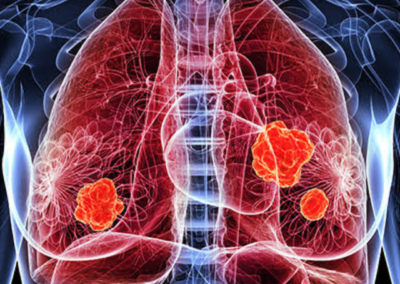Water is utilized in many areas in Pharmaceuticals. It can be used as a cleaning agent within a controlled production area, in formulations during manufacturing of pharmaceutical products, as raw material, and many other areas. Different grades of water quality may be required depending on the utilization of the water.
Eight different types of water are generally utilized in the manufacturing of drug products. Non-potable, potable (drinkable) water, USP purified water, USP water for injection (WFI), USP sterile water for injection, LUSP sterile water for inhalation, USP bacteriostatic water for injection, and USP sterile water for irrigation.[1] Each has different requirements or guidance that are specified or recommended. Many forms of water purification can be categorized into physical processes, biological processes, and chemical processes.
The water purification method should consider the final water quality specification, the quantity of water required by the user, the total life-cycle costs, the continuity of operational usage considering throughout the day, year, and planned downtime. The equipment, storage, and distribution should take into account the location, temperatures the system may encounter, corrosion resistance, a hygienic design, and much more.[2]
The quality of water is a major concern since water is usually transported from a system on demand causing a lack of testing and batch or lot release before use. To contain a state of control within the water system, a preventative maintenance program should be established. The program should include procedures for operating the system, monitoring programs for quality and calibration of critical instruments, a schedule for periodic sanitization, preventative maintenance of components, and control of changes to the mechanical system and operating conditions.[3]
Monitoring is a critical quality attribute that consists of the frequency of sampling, the requirement for evaluating test results, and the reason for initiating corrective action. Some sampling techniques that should be considered are TOC, conductivity, endotoxin, and microbial growth. The use of alert and action level specifications can assist with avoiding the pass/fail specification. An alert level excursion would lead to alerting personnel involved, quality assurance, and the possibility of additional monitoring.
Ensuring water utilized at the facility is up to standards is tough. However, the experts at EMMA International are here to help. If your company needs help with validation methods/processes, design and development, quality, or compliance issues, EMMA International can assist. Contact us by phone at 248-987-4497 or by email at info@emmainternational.com.
[1] FDA (August, 2014) Water for Pharmaceutical Use, Retrieved 02/21/2022 from https://www.fda.gov/inspections-compliance-enforcement-and-criminal-investigations/inspection-technical-guides/water-pharmacuetical-use
[2] WHO (May, 2012) WHO Good Manufacturing Practices: Water for Pharmaceutical Use, Retrieved 02/21/2022 from https://www.who.int/docs/default-source/medicines/norms-and-standards/guidelines/production/trs970-annex2-gmp-wate-pharmaceutical-use.pdf?sfvrsn=39eb16b8_0
[3] Pharmacopeia (2006) <1231> Water for Pharmaceutical Purposes, retrieved 02/22/2022 from http://www.uspbpep.com/usp29/v29240/usp29nf24s0_c1231.html





